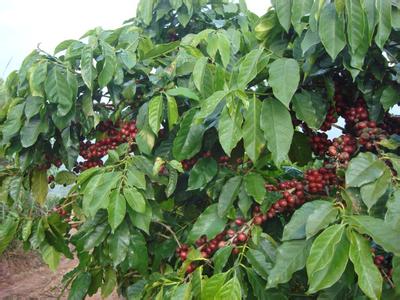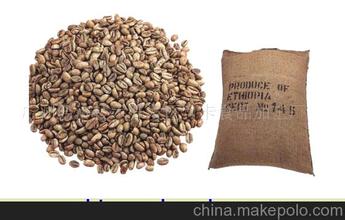Which countries in Latin America grow coffee?
Which countries in Latin America grow coffee?
In 1721, French naval officer Gabriel Mathieu de Clieu went through difficulties and obstacles to bring the first coffee sapling from Africa to the Latin American island of Martinique, which was the origin of coffee cultivation in Latin America. Because France was under the Bourbon dynasty, Arabica coffee grown in Latin America had another name, bourbon, which is now famous in the coffee industry. Bourbon is now an important branch of coffee in Arabica. The overall flavor of Latin American coffee is famous for its balance, and all the flavors in Latin American coffee can be found in Latin American coffee. The widespread use of wet treatment of raw beans is also one of the characteristics of Latin American coffee. A good processing process also makes its beans larger and more uniform than African coffee, with a lower defect rate.
High altitude hard beans (SHB,Strictly Hard Bean), the best performance of Guatemalan coffee, have very strong acidity, floral and fruity aromas, medium to full consistency and high complexity, and are the best representative of simple style. The most famous producing area in Guatemala is Antigua, while other regions such as Huehuetenango and San Marcos also produce high quality coffee beans.
Coffee trees can only grow in the tropics and subtropics. Coffee trees can grow in different climates, soils, elevations and rainfall in the middle of the "coffee belt". Coffee trees thrive in the hot and humid canyons and forest rainforests of Africa; it still produces high-quality coffee beans in cold, foggy, windy Central America; and in the Caribbean, where the climate is changeable, drought and torrential rain, it still blossoms and bears fruit. These factors are the secret that coffee beans have different flavors and a wide variety.
Coffee farmers who produce low-grade coffee beans like to use labor-saving methods to harvest beans, but in this way, because the quality is not pure, it impairs the flavor of coffee and lowers the grade of coffee. The way to pick coffee beans in some parts of Africa is to shake coffee trees, shake the fruit off the ground, and pick it up from the ground before the fruit is injured and rotten. Secondary coffee is produced in most parts of Brazil, where coffee is picked by plucking all the leaves, flowers, overheated and green fruits from the branches at a time, and it takes two years for such damaged coffee trees to return to normal.

Important Notice :
前街咖啡 FrontStreet Coffee has moved to new addredd:
FrontStreet Coffee Address: 315,Donghua East Road,GuangZhou
Tel:020 38364473
- Prev

Description of graded Flavor in Colombian Coffee production area A brief introduction to the planting Environment of Taste Price
Colombian coffee production area graded flavor description taste price planting environment Colombian beans, similar to Costa rica or Hawaiian Cona beans, are non-extreme coffee, rich in texture, but not as strong as Sumatra; rich in fragrance, but not as good as the best mountain flavor in Jamaica; sour, but not as sour as Antigua acid. It often brings a sweet taste like caramel, similar to pudding.
- Next

Description of flavor characteristics of Guatemala Incht coffee beans A brief introduction to the taste of grinding scale
Guatemala Incht coffee bean flavor description grinding scale taste introduction Incht Manor specially produced the best Incht series, selected a small number of batches and coffee varieties of the best quality in the estate, the experienced farmers carefully selected the ripe coffee fruits, and then asked the cup tester to remove the batches that were not up to the standard. Under such strict screening criteria, Incht Manor
Related
- Detailed explanation of Jadeite planting Land in Panamanian Jadeite Manor introduction to the grading system of Jadeite competitive bidding, Red bid, Green bid and Rose Summer
- Story of Coffee planting in Brenka region of Costa Rica Stonehenge Manor anaerobic heavy honey treatment of flavor mouth
- What's on the barrel of Blue Mountain Coffee beans?
- Can American coffee also pull flowers? How to use hot American style to pull out a good-looking pattern?
- Can you make a cold extract with coffee beans? What is the right proportion for cold-extracted coffee formula?
- Indonesian PWN Gold Mandrine Coffee Origin Features Flavor How to Chong? Mandolin coffee is American.
- A brief introduction to the flavor characteristics of Brazilian yellow bourbon coffee beans
- What is the effect of different water quality on the flavor of cold-extracted coffee? What kind of water is best for brewing coffee?
- Why do you think of Rose Summer whenever you mention Panamanian coffee?
- Introduction to the characteristics of authentic blue mountain coffee bean producing areas? What is the CIB Coffee Authority in Jamaica?

